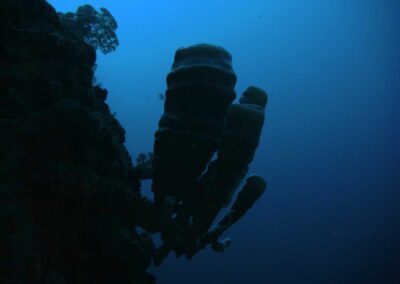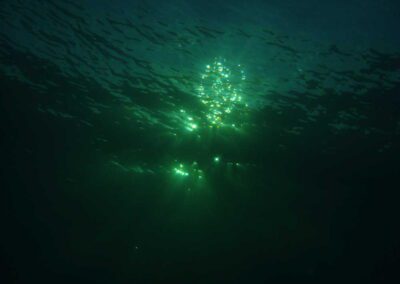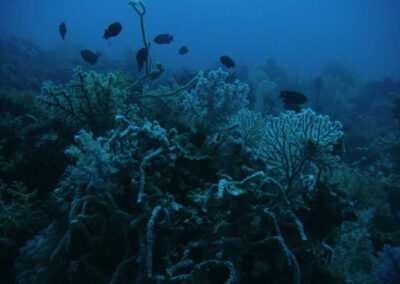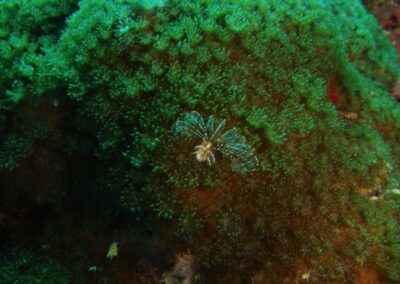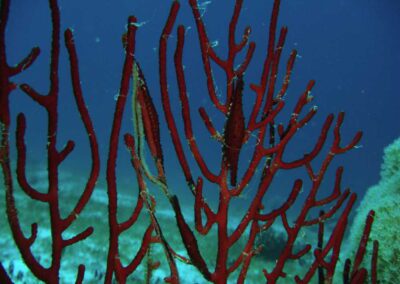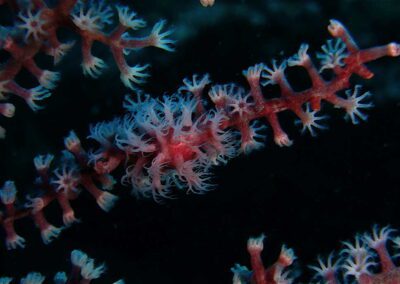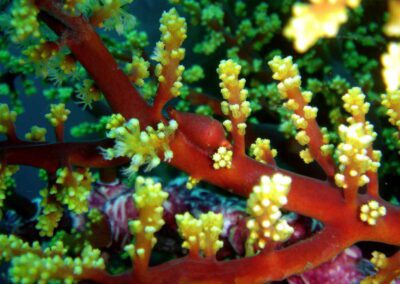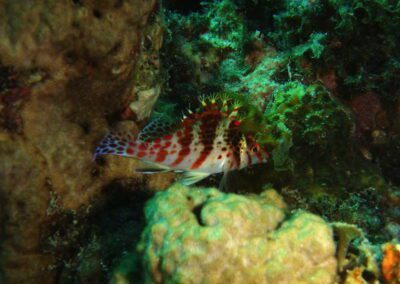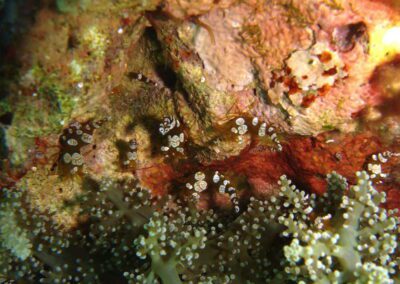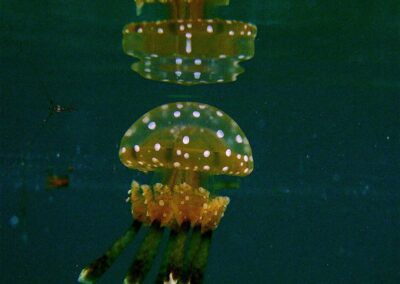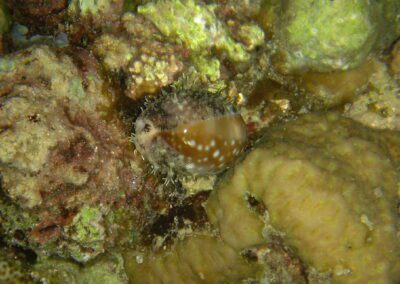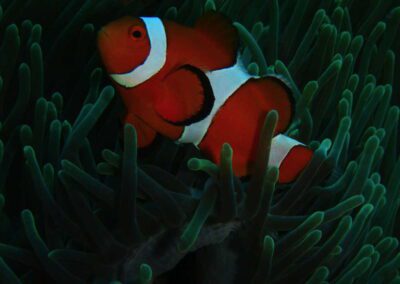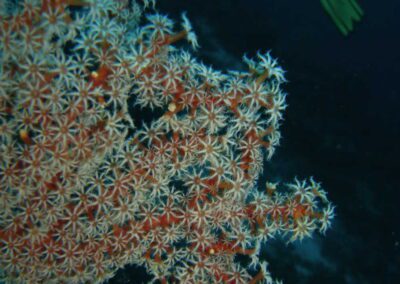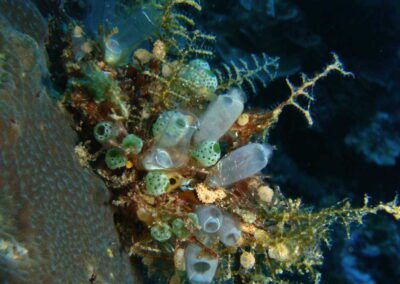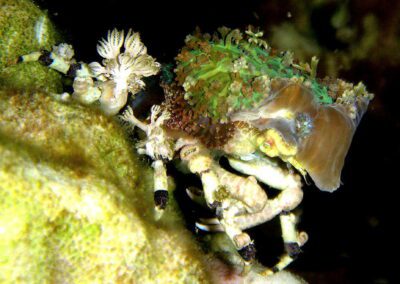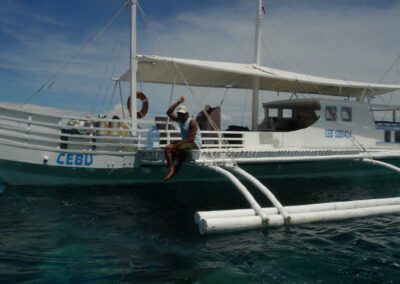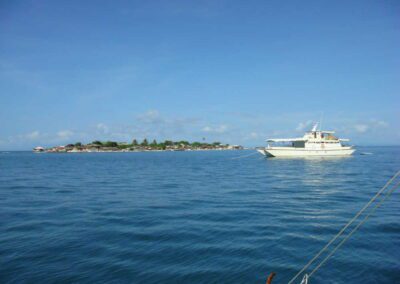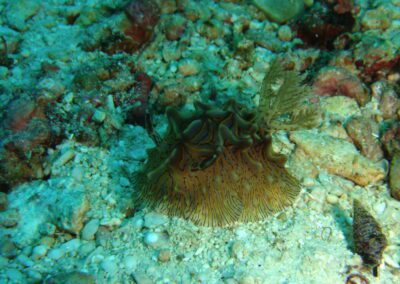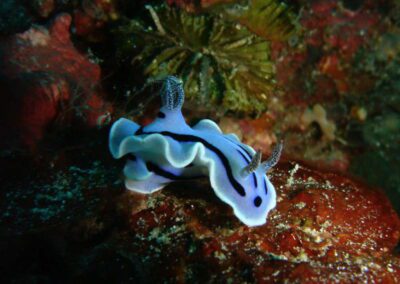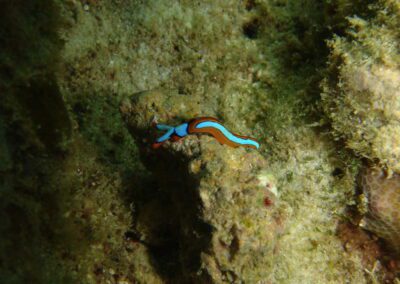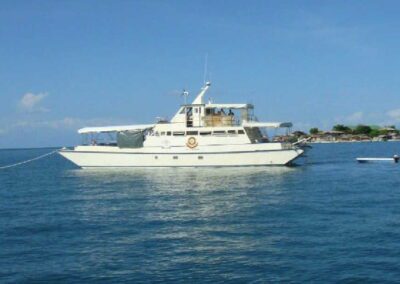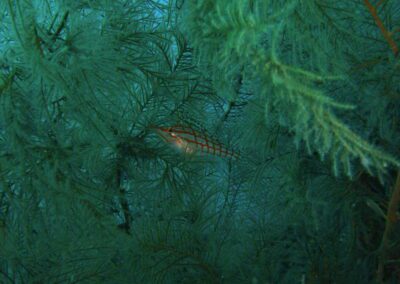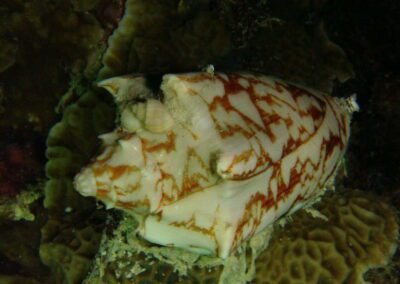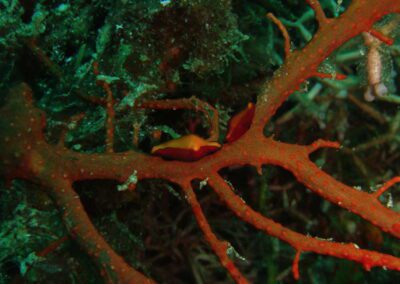The Philippines
From trips to the north Pass of the Nocnocan Lagoon, N Bohol, and diving around Mactan, Cebu.
About The Expedition
Siargao – a poorly explored island in the Philippines
The island of Siargao is drop-shaped, measures 30 by 25 km and lies east of Mindanao and south of Samar. There are 200,000 inhabitants and small tourist facilities in the south. Its eastern coast faces the open Pacific and directly above the Philippine Trench. This exposed position makes Siargao very interesting for surfers; “Cloud 9” is a world renowned, top ranked surfing-site. However, a comprehensive survey of the molluscan fauna has never been conducted.
On previous diving trips to the island, numerous species of larger gastropods were recorded that are not found in other, more protected, parts of the Philippines, such as Conus floccatus (picture below), Conus auratinus, and Conus moluccensis. Also, the famous Golden Cowry, Callistocypraea aurantium, has been found at Siargao, indicating that this place could have quite a few malacological surprises. The island yields numerous different, untouched habitats also in shallow water.
Led by our local contact Jean Pierre Barbier, eight experienced shell-divers and photographers from Australia and Germany spent two weeks collecting and documenting the molluscan fauna of Siargao. With a speed boat customized for diving, compressor, and all the necessary gear, we were able to reach any place along the coast of island. The main sampling method was gathering shellgrit from the floor of caves and ledges, apart from hand-collecting on night dives. One of the most recent discoveries made at Siargao is the spectacular Angaria scalospinosa Günther 2016, whose habitat is a rather inconspicuous algae-overgrown seafloor. We had heard about a cave system to the southeast of Siargao, which turned out to be an El Dorado for gathering shellgrit, and observing larger cowries, including Callistocypraea aurantium, Leporicypraea mappa, Arestorides argus, the newly named Mauritia maculifera andreae. Smaller species, such as Annepona mariae (on right) and Ipsa childreni revealed the exposed conditions of this place, which faces the open Pacific.
Peter Stahlschmidt studied the Turridae we collected and commented that most species are seldom seen from the Central Philippines, and one species was… new to science. The biggest surprise, however, was the discovery of a new genus and species of Conidae, which was first found dead in shellgrit, and then living specimens could be collected by examining algae taken from 20 m. This species of the family Conidae species is bright red, and the smallest member of the family Conidae!! It belongs to a new genus and will soon be given a name (Tenorio & Lorenz, in lit.).
Apart from the spectacular cave system we explored on numerous dives, we also found a place that was a gathering point for hermit crabs. At night, thousands of them would gather on rocks in shallow water, carrying the entire selection of gastropods of the area. By sampling the hermit crabs, we could collect a multitude of species that are otherwise very difficult to find, including numerous Turrids, Miters, and Cones, among them, two color forms of Conus nitidus. The Philippine Islands do not cease to surprise us with new findings in the field of malacology. There is little doubt that the general area represents the center of molluscan biodiversity. The more frightening it is to notice that the fish population in all places visited by us had basically collapsed. During a total of 200 dives conducted by the members of our expedition, not a single shark, or fish larger than 20 cm was observed. The same situation was encountered in the central Philippines, e.g. the north of Bohol, Mactan and Olango Islands, where dynamite fishing is a common practice to this day.









